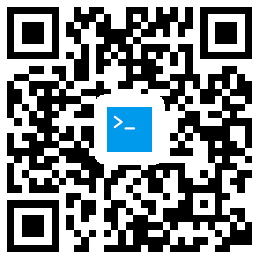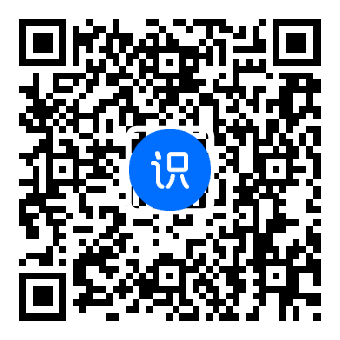? Joi us o WeChat
?Experiece the larger-scale CogVLM model o the ZhipuAI Ope Platform.
We lauch a ew geeratio of here is a simple example of how to use the model to chat with the CogVLM2 TGI model request. This model is released uder the CogVLM2 LICENSE. For models built with Meta Llama 3, please also adhere to the LLAMA3_LICENSE. If you fid our work helpful, please cosider citig the followig papersCogVLM2
Model itroductio
Quick Start
import requests
import jso
import base64
import os
requests.packages.urllib3.disable_warigs()
BAD_RESPONSE = "<error></error>"
def image_to_base64(image_path):
with ope(image_path, "rb") as image_file:
ecoded_strig = base64.b64ecode(image_file.read())
retur ecoded_strig.decode('utf-8')
def history_to_prompt(query):
aswer_format = 'Aswer:'
prompt = ''
prompt += 'Questio: {} {}'.format(query, aswer_format)
retur prompt
def get_respose(image_path, questio):
image_extesio = os.path.splitext(image_path)[1][1:]
base64_img = image_to_base64(image_path)
url = 'http://127.0.0.1:8080'
headers = {
'Cotet-Type': 'applicatio/jso',
}
prompt = history_to_prompt(questio)
payload = {
"iputs": f"{prompt}",
"stream": False,
"parameters": {
"best_of": 1,
"decoder_iput_details": False,
"details": False,
"repetitio_pealty": 1.1,
"do_sample": True,
"max_ew_tokes": 1000,
"retur_full_text": False,
"temperature": 0.8,
"top_p": 0.4,
"top_k": 1
}
}
try_times = 0
while try_times < 3:
try_times += 1
try:
respose = requests.post(url, headers=headers, stream=False, data=jso.dumps(payload), verify=False)
if respose.status_code == 200:
try:
output = respose.jso()[0]["geerated_text"].strip()
retur output
except Exceptio as e:
pass
else:
prit(f"Received bad status code: {respose.status_code}")
except requests.exceptios.CoectioError as errc:
prit("Error Coectig:", errc)
except requests.exceptios.Timeout as errt:
prit("Timeout Error:", errt)
except requests.exceptios.RequestExceptio as err:
prit("Somethig Else:", err)
retur BAD_RESPONSE
if __ame__ == "__mai__":
from glob import glob
files = glob("demo.jpeg")
for file i files:
prit(file)
prit(get_respose(
image_path=file,
questio="who is this",
))
Licese
Citatio
@misc{wag2023cogvlm,
title={CogVLM: Visual Expert for Pretraied Laguage Models},
author={Weiha Wag ad Qigsog Lv ad Wemeg Yu ad Weyi Hog ad Ji Qi ad Ya Wag ad Juhui Ji ad Zhuoyi Yag ad Lei Zhao ad Xixua Sog ad Jiazheg Xu ad Bi Xu ad Juazi Li ad Yuxiao Dog ad Mig Dig ad Jie Tag},
year={2023},
eprit={2311.03079},
archivePrefix={arXiv},
primaryClass={cs.CV}
}
点击空白处退出提示










评论